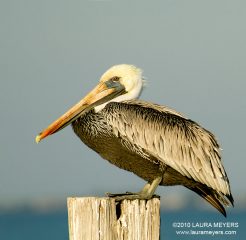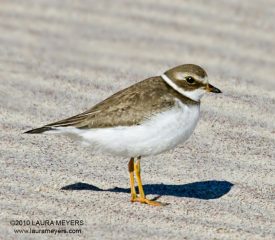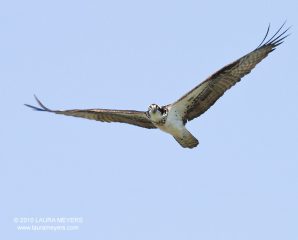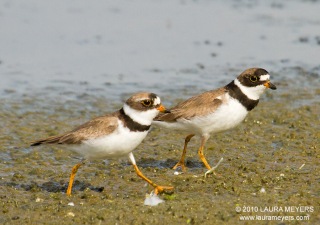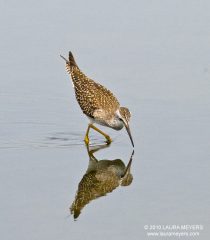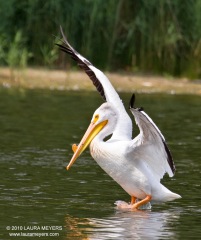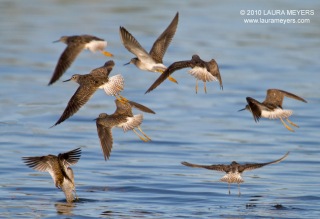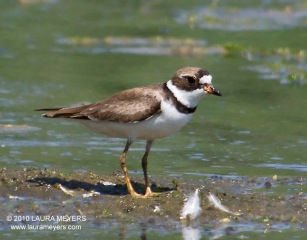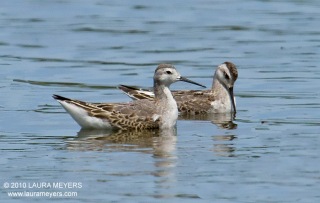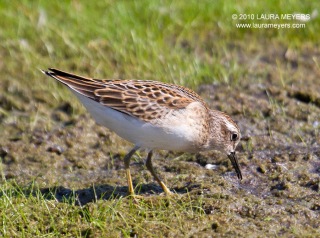The picture of this Brown Pelican was taken on Fort Myers Beach, Florida. The picture of this Brown Pelican was taken with the CANON EOS7D and the CANON 100-400mm lens and the CANON 580EXII flash.
On my recent trip to Southwest Florida, I was so pleased to be able to take pictures of Pelicans as well as the many shorebirds that are present in this area. I was able to capture birds at sunrise and sunset which is not very practical for me at home living in the East Village of Manhattan.
